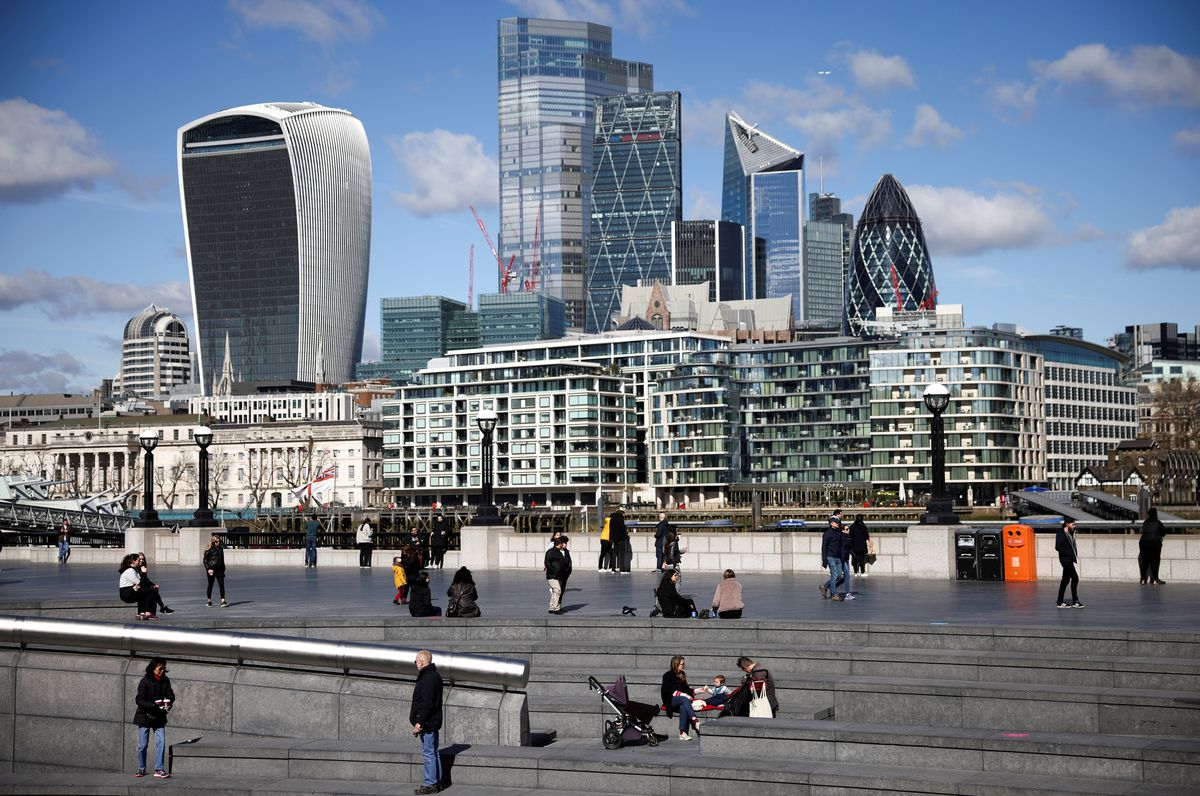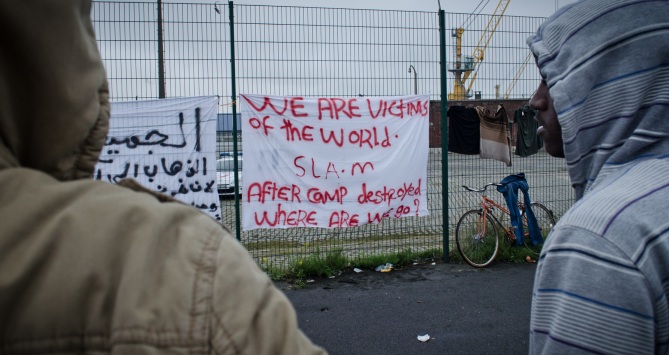In this article, recent graduate from Managing Humanitarianism at the LSE, Monica Adami, explains why retributive or restorative justice cannot reach and guarantee peace alone.
This is the second in a series of articles by Monica Adami on Retributive and Restorative Justice.
When discussing about the need of restoring justice to victims, opponents of the retributive approach refer to restorative justice, which looks at the crime as a material and moral harm done to victims and societies rather than as a violation of laws. Since the 1960s, there has been an intermediate shift towards restorative justice in the international arena. The significant pressure exercised to remark the importance of the rights of victims brought to the Basic Principles of Justice for Victims of Crime and Abuse of Power emanated by the UN General Assembly (1985). This agreement confirmed that victims’ rights include dignity, respect, information about proceedings and the possibility to present their concerns and views. It also recognised, at an international level, the right to reparations. Nevertheless, international judicial bodies still fail to restore peace. In fact, although a more victim-oriented justice seems necessary, it is not a judicial guarantee of peace and security.
It appears that the main reason for the failure of restorative justice perpetuated by international judicial bodies might be that it has not been a victim-oriented restorative justice so far. Until today, international justice has been perceived as an external and self-referential intervention. It seems to follow “a philosophy of distance” from the victims. Evidence is offered by the ICC, which should have represented the major shift from retributive to restorative justice. The ICC is in The Hague, in the Netherlands, and generates a sense of spatial distance from African states where almost all crimes have been persecuted. The spatial distance is also punctuated by the mostly non-African personnel, who do not include experts on specific African areas, and who cannot spend more than 10 days in the field. To this cultural and spatial distance, the African critic adds a political distance based on the presumed biased focus on African crimes. However, the ICC is not the only defendant, and victims generally feel a strong misunderstanding between international justice and themselves to the detriment of peace.
Nevertheless, restorative justice seems not be the key to success for international judicial bodies. There can be tensions between the degree of justice which is demanded by victims and the maximum degree of justice which is possible to support peace and security. In fact, forms of victims’ justice can produce insecurity and instability, while also being against the international conception of justice. Furthermore, victims are not a homogeneous body with the same idea of justice, which makes restoring justice to them complex. It is useful to consider the findings of the South African Truth Commission. Some people have shown extraordinary forgiveness to their abusers once the truth was told and some found being able to tell their story publicly to be therapeutic. But others found it deeply traumatic to re-live these events in public. Some felt there could be no reconciliation without reparations, which, regardless, were also seen as an attempt to buy the silence or acquiescence of victims. Generally, it appears that there is not a restorative blueprint that satisfies a wide range of victims at present.
Furthermore, reconciliation and truth, which are key features of restorative justice, seem to be more successful means for national non-judicial bodies rather than for international judicial bodies. Evidence is offered by the Commission for Reception, Truth, and Reconciliation that was established in East Timor in 2001 and included international technical and legal advisors. A review carried out by the UN Development Program in 2004 suggested that the Commission made a major contribution to relieving tensions. Compared with retributive justice, it was seen to be quicker and more closed to the people’s needs. This because it was a mainly national solution and a non-judicial solution. Hence, it is unlikely that international judicial bodies would ever manage to be as successful as truth commissions through the adoption of a restorative focus. The judicial bodies’ shift towards truth and reconciliation, which is not foreign from the international criminal frame, tends to inherently struggle between retribution and reparation. Reconciliation seems thus to be a mainly national and non-judicial step towards peace that judicial bodies should consolidate and not substitute or repeat to be successful.
Additionally, reparations can show how administrative issues can undo any judicial approach towards peace and justice. There are diverse forms of reparations adaptable to different contexts and victims. The most suitable reparations are usually healthcare, education, housing, restoration of personal documents and legal support. Educational curricula and the building of memory sites can help the long-term healing of the society, while the provision of services answers the short-term needs of victims. However, reparations seem to not be often regarded as a success. Payments, in particular, have been the least satisfactory reparation. Evidence is offered by the US$100 that has been clearly insufficient to repair the disability caused by the loss of a limb in Sierra Leone. Hence, reparations tend to not to have a strong influence on victim justice and peace because of delays and because of the low level of funds available in comparison with the high number of victims. This lack of resources, which is often confused with selectivity, is a main issue of international justice that cannot be changed by the adoption of a different approach.
The point here is that, no matter what approach- retributive or restorative- is taken, justice cannot reach and guarantee peace alone. Without taking a side in the peace v justice debate, the timing and the scarce complementarity among justice’s instruments, diplomacy, military, and politics can jeopardize the establishment of peace and security. International justice is not the only actor deployed in the restoration of peace, not the first, and not the most specialized. Judicial bodies are rather subsequent instruments and the loudspeaker of the values of the international community. Thus, they should be appropriately turn on or off during negotiations and national reconciliations, before and after the military and political intervention to succeed in restoring peace. It is instead unlikely that a restorative justice’s unipolar system will guarantee peace. Peace is indeed a polycentric system.
Monica Adami is a recent graduate who has completed an intercollegiate module in Managing Humanitarianism at LSE, whilst also doing her masters in International Peace and Security at King’s College London. She is currently interning at UNESCO and has just ended a traineeship with the European Commission Representation in Italy. Her fields of interest are war studies, human rights and humanitarian affairs.
The views expressed in this post are those of the author and in no way reflect those of the International Development LSE blog or the London School of Economics and Political Science.





